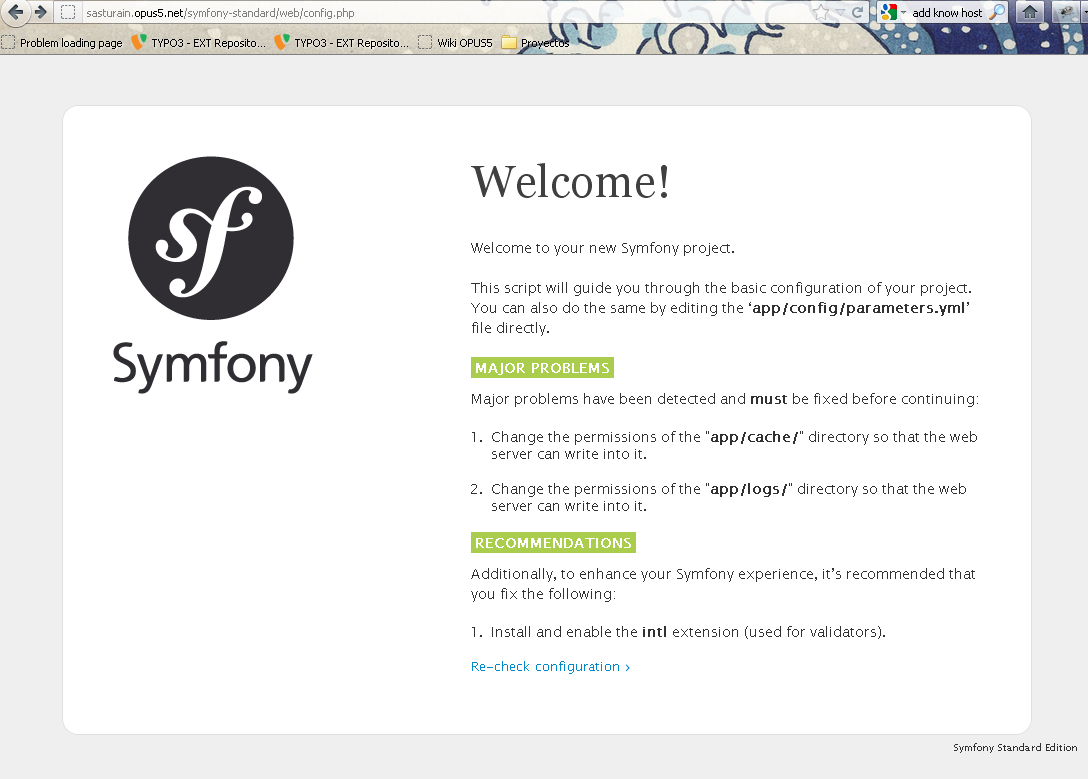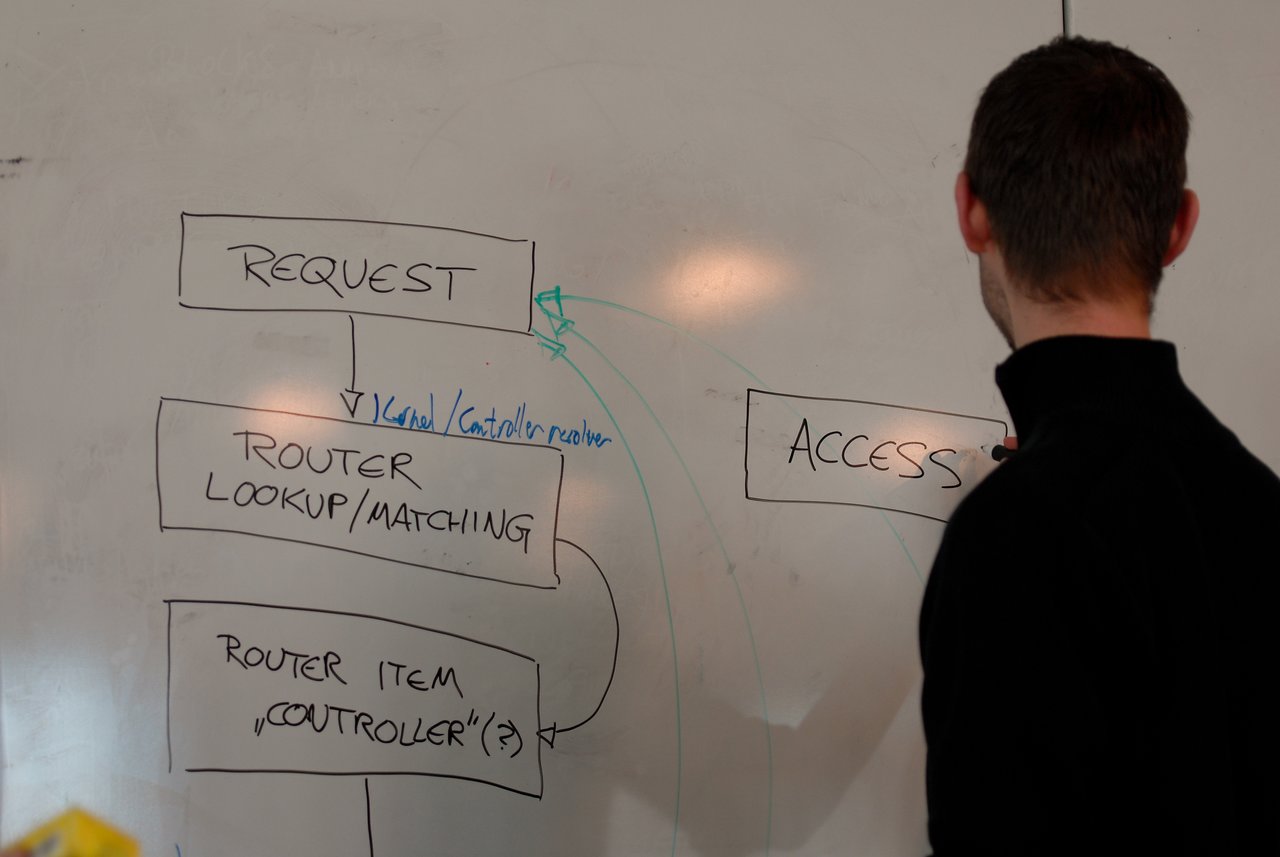Using React Hooks in Symfony Applications
Introduction What are React Hooks? React Hooks are a feature introduced in React 16.8 that allow developers to use state and other React features without writing a class. They provide a more concise and readable way to write components, making it easier to manage state and side effects in React applications. With React Hooks, developers … Read more


















